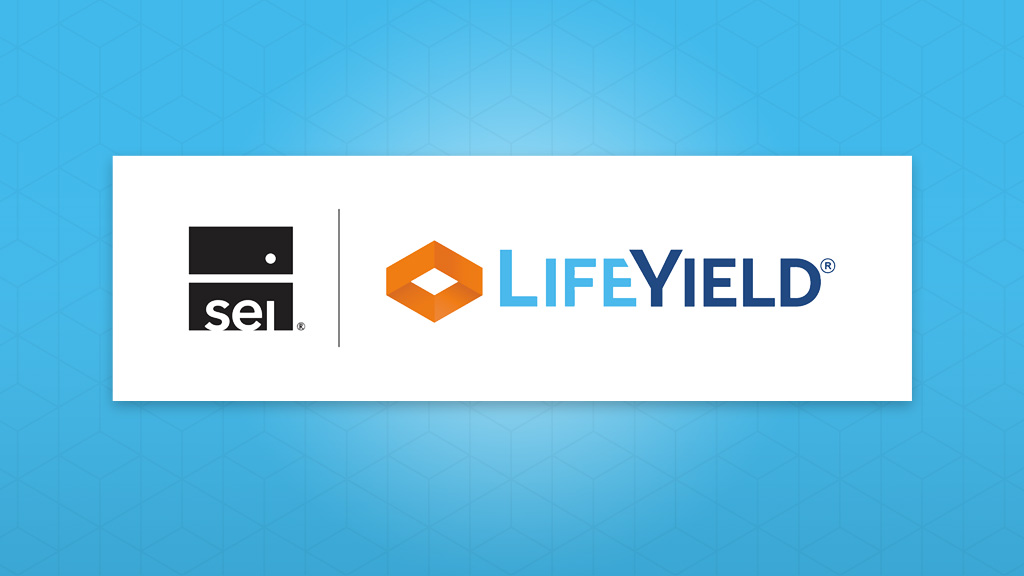Why You Should Advise Clients to Rebalance Assets at the Household Level

The markets are like the weather – unpredictable with a mix of wind, rain, snow, sun, and clouds. Financial advisors need to heed the market’s weathervanes and advise clients to rebalance – and at the household level – so their financial plans stay on course.
Due to market forces, even conservative buy-and-hold investors will see their carefully chosen portfolios drift from their target asset allocation over time. Imbalances, or overweighting, occur when one stock or sector significantly outperforms the rest of the market.
For example, a portfolio with an allocation of 50% domestic equities, 25% fixed income, and 25% international equities will change as, for instance, U.S. stocks outperform the other holdings. That can increase the domestic equity portion of the portfolio to 60% and the international to 30% while reducing the bond allocation to 10%.
When imbalances happen, it may be time for investors to:
- Shift assets among holdings to restore their target allocation and risk plan, or
- Reassess their financial goals and needs.
- Or both.
A balanced portfolio may help offset your clients’ portfolio volatility during market ups and downs. Many people want to maintain a balanced portfolio to limit their exposure to short-term risk. Clients who need to draw on their investments because they are retired or need to pay a significant bill such as a child’s college tuition probably want to reduce the impact of the markets’ down periods.
The inverse is also sometimes true. Clients with long time horizons and a zest for risk will want to evaluate their portfolios regularly and rebalance if their asset allocations have become more conservative than they like.
Let’s review the benefits of portfolio rebalancing and the imperative to extend the practice to all the accounts – taxable and tax-advantaged – that make up a client household’s portfolio.
The Benefits of Rebalancing
Asset classes perform differently, guaranteeing portfolio mixes become skewed away from original targets. Rebalancing is realigning a portfolio back to its desired asset allocation as it inevitably drifts out of balance over time. It’s typically performed on a set schedule, either quarterly, semi-annually, or annually.
According to research conducted by Vanguard, “Rebalancing has one clear advantage over not rebalancing: it more closely aligns a portfolio with its target asset allocation’s risk-and-return characteristics.” But one rebalancing strategy does not fit all investors.
Challenging economic times and volatile markets can also increase demand for rebalancing. Over 55% of the families surveyed by UBS Global Family Office had rebalanced their portfolios between March and May 2020. They did so to maintain their long-term strategic asset allocations in the early months of the pandemic.
Rebalancing on the Household Level
While rebalancing has many advantages for individual investors, there is even more to be gained by rebalancing at the household level. That means putting every account owned by household members – typically spouses – with a shared financial plan and outlook through a rebalancing engine.
There are a few reasons why the household approach works. It means advisors can optimize the entire household portfolio for risk/return and taxes. And taxes – perhaps more than many investors imagine — can eat away at clients’ gains and eventual retirement income if not factored into every portfolio decision.
People have different names for this approach to wealth management. Some call it the “unified managed household,” a term coined more than 20 years ago before technology had caught up with aspiration. Others refer to it as “holistic financial advice.” Whatever you call it, firms are in an arms race to build comprehensive advice platforms that enable their financial advisors to base their recommendations on all-encompassing views of household portfolios.
Householding used to mean advisors created an aggregated view of the accounts owned by household members. While that’s a start, it does little to improve outcomes for the clients. It’s a snapshot. And a picture is worth nothing without action.
LifeYield and its tax-smart application programming interfaces (APIs) enter the picture.
LifeYield promotes the practice of multi-account rebalancing at the household level with an API, adopted by many large financial companies and their advisor teams, to perform multi-account rebalancing. And not only that, but to achieve that at scale for clients by the thousands.
LifeYield APIs can execute rebalancing on their own across multiple accounts or incorporate multi-account rebalancing when clients need to make a withdrawal for a significant expense or to create income in retirement.
Firms that aren’t using our approach (and our APIs) often cannot execute this with ease with their current technology. They may need to resort to pulling data from multiple systems and even pulling out the spreadsheets for calculations if they even do that at all. And as a result, clients can wind up with tax bills that they would otherwise not have to pay.
Examples of Multi-Account Rebalancing
Let’s say an advisor, using a system powered by the LifeYield multi-account rebalancing API, has a client household with an asset allocation that is 60% stocks/40% bonds. The advisor’s software examines all accounts in the household portfolio. That includes accounts that are not under the firm’s management (as is often the case) and the breadth of a household’s accounts, including accounts like Roth individual retirement accounts (IRAs) and 401(k) accounts.
Then the software recommends not just the trades needed to return the portfolio to the clients’ desired asset allocation but also the most tax-efficient account for each asset. Further, the software can dive down to the tax-lot level in assessing the tax consequences of sales or trades needed for rebalancing.
In a more complex rebalancing example—when advisors need to execute a rebalance in the course of making a withdrawal—software running LifeYield APIs would:
- Look at all accounts within a household portfolio and recommend which lots from which accounts to sell and in what order to satisfy the withdrawal.
- Examine opportunities in taxable accounts for tax-loss harvesting – selling assets at a loss to balance sales that realized gains to minimize the clients’ tax liability.
- Recommend a rebalancing plan for the entire portfolio, including taxable and tax-advantaged accounts.
Investors tend to create mental walls around their accounts. The brokerage account, for example, is for opportunistic investment and potential tax harvesting. In their minds, the IRA is reserved for long-term growth and won’t be needed until they’re in their 60s or 70s.
But in fact, a client household’s array of accounts usually all reach one endpoint in retirement income or legacies to family or charity. And being tax-smart in managing those accounts will ultimately improve how much money is available for retirement income or beneficiaries. An EY study of LifeYield’s tax-smart methodology affirmed its value and found that using it can result in up to 33% more income and 40% less in taxes in a lifetime (download the study).
Conclusion: There Are Good Reasons for Rebalancing on the Household Level
Rebalancing the household level won’t make the rain disappear, but it could make the sun shine brighter for clients and financial advisors. Household-level rebalancing has these unquestionable benefits:
- Reduces costs incurred through fees charged by asset managers
- Manages risk by establishing a target allocation for a household and rebalancing if it drifts from the target.
- Improves the accuracy and effectiveness of rebalancing
- Lowers taxes through asset location and tax-wise trades
Multi-account, household-level rebalancing helps advisors focus on opportunities for clients to:
- Tactically invest new money. Instead of selling securities to buy others, clients may consider directing new deposits and contributions toward underweighted assets to return the portfolio to the desired mix. They can also use any dividends or investment income generated by the portfolio to help rebalance the portfolio.
- Use tax-advantaged accounts wisely. Tax-advantaged accounts like 401(k)s, 403(b)s or IRAs protect investments from taxable gains for a period. Investors can take advantage by selling appreciated assets in one of these accounts and reinvesting in other assets to rebalance their target asset allocation.
- Identify tax-loss harvesting opportunities. Clients’ tax advisors may be looking for losses to offset gains to reduce taxes.
Investors who seek the services of a financial advisor typically accept that risk is the price they pay for a better chance to achieve their financial goals. Risk tolerance will vary, even dramatically, from client to client. As a result, financial managers must adjust investment holdings to adhere to the clients’ targets and preferences as markets fluctuate.
Portfolio rebalancing strategies incur transaction costs and tax liabilities. But advanced technology platforms that evaluate the tax exposure for every potential transaction can help keep taxes and fees lower than they might otherwise be.
The rebalancing process demands a convenient, innovative, efficient, and holistic solution. It requires a household-level approach to fulfill the needs of today’s clients using software that allows for seamless integration into your firm’s tech stack.
For financial advisors, rebalancing is not an optional offering; it’s table stakes. And a tax-smart, multi-account approach to rebalancing can be a differentiator in acquiring new accounts and sustaining the trust and confidence that clients have in you.
Monthly insights from our Chief Growth Officer, Jack Sharry
Get exclusive insights and interviews from around the industry

 By
By 




